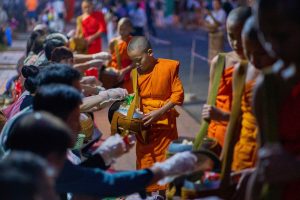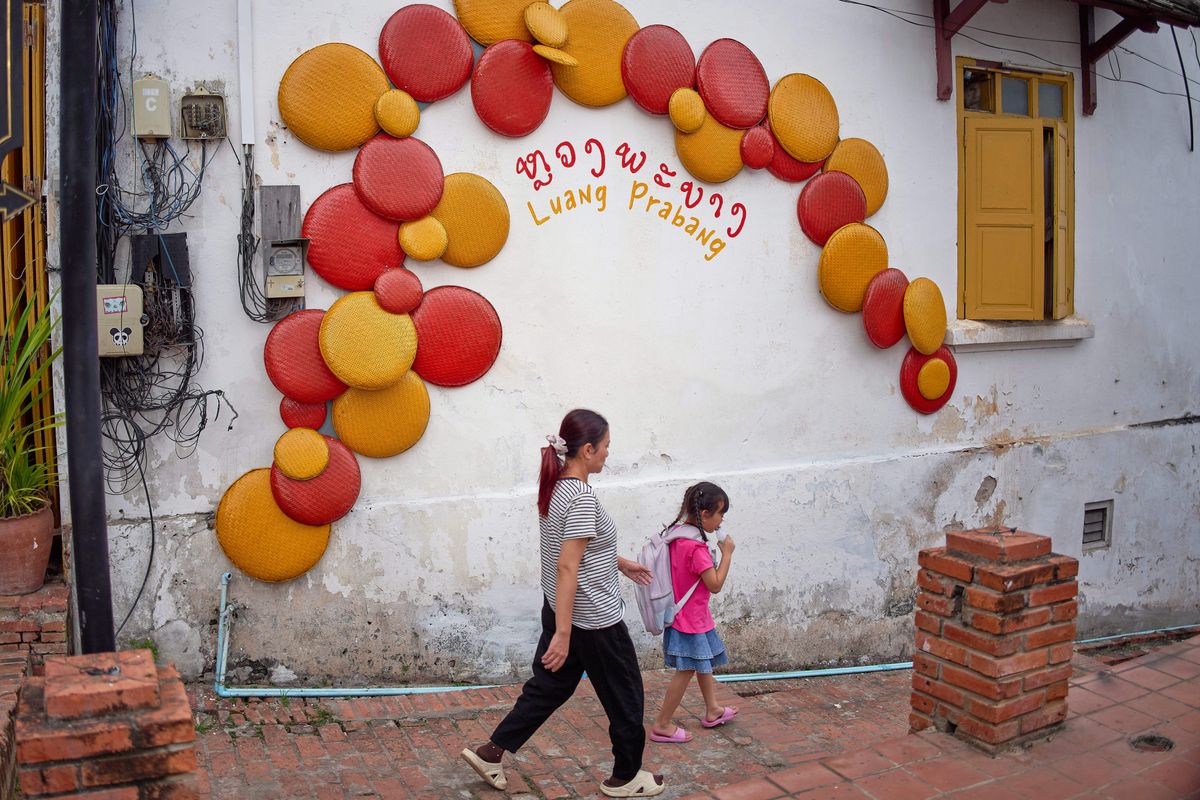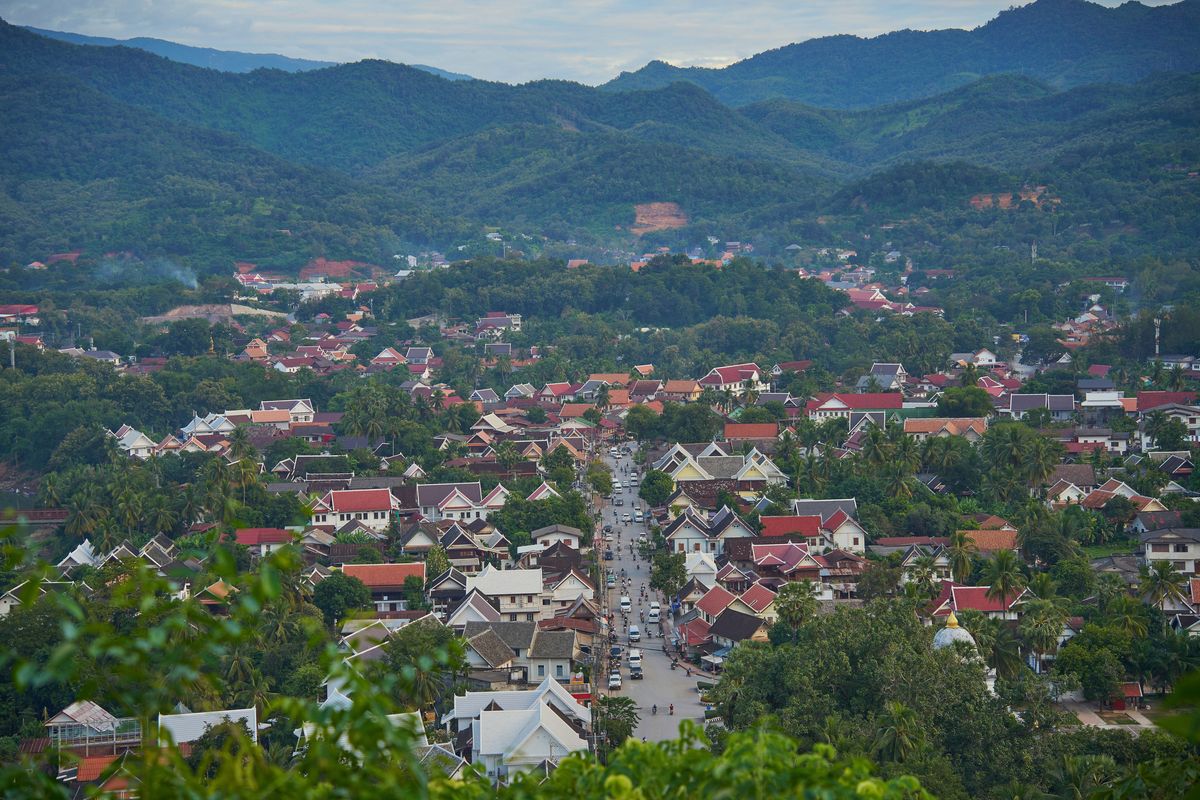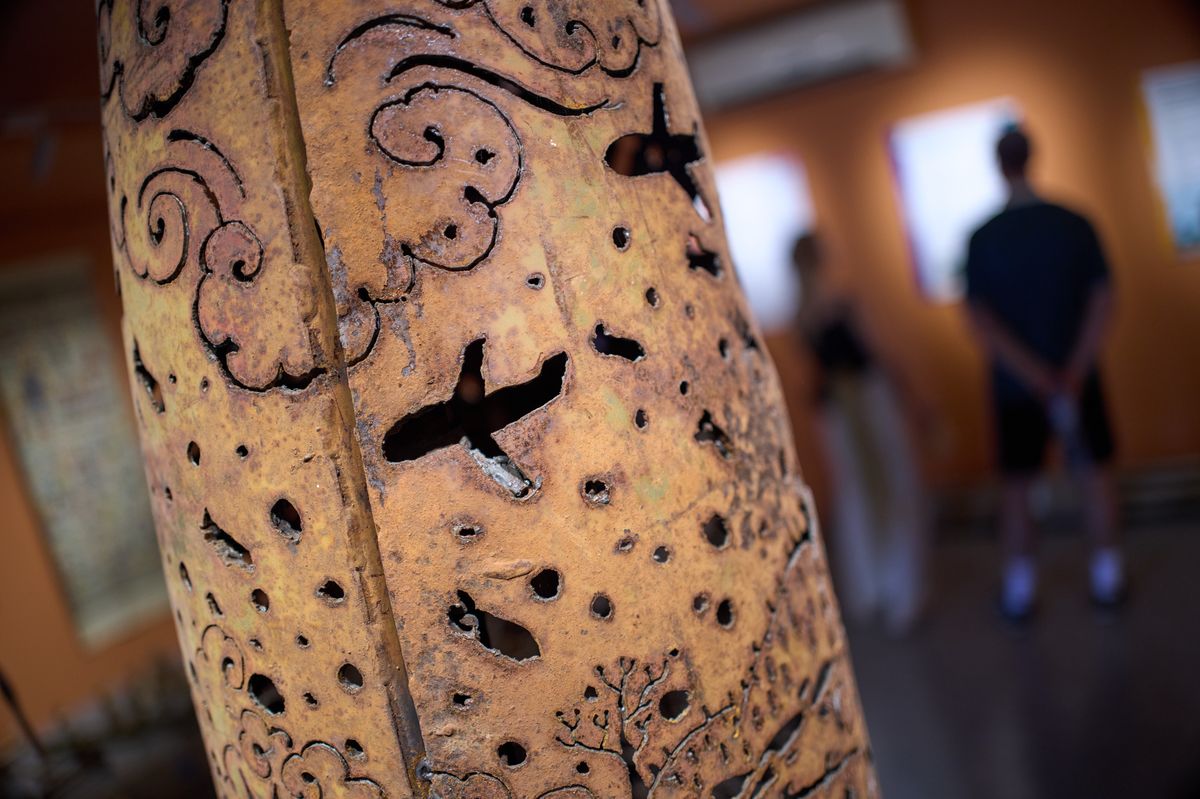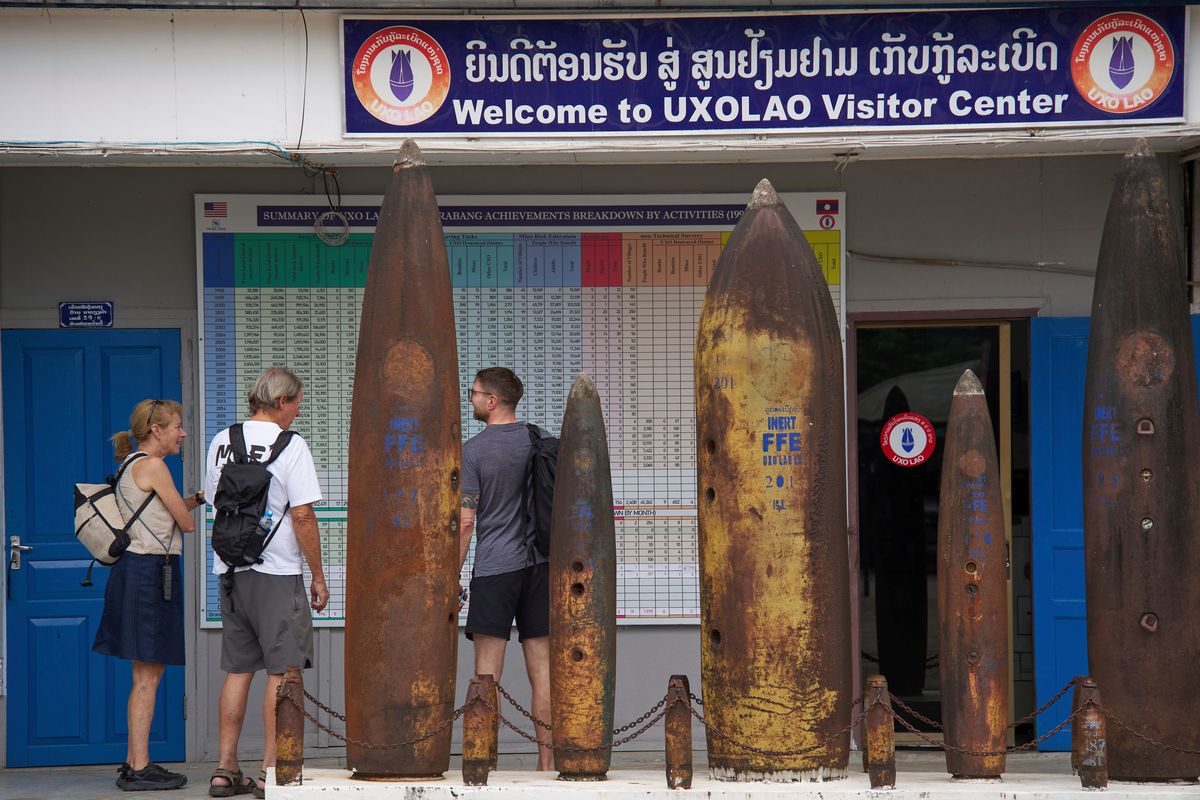LUANG PRABANG, Laos (AP) — The day begins in darkness, lit only by street lamps. As dawn breaks, a pale blue light reveals a quiet line of monks in orange robes moving through the streets of the Lao city of Luang Prabang.
The city, about 300 kilometers (186 miles) north of the capital, Vientiane, sits on a narrow peninsula between the Mekong and Nam Khan rivers. It was once the seat of the Lan Xang kingdom and now is a UNESCO World Heritage city.
Morning in Luang Prabang brings the soft sound of bare feet touching stone during tak bat, the daily almsgiving ritual that remains central to life here.
Despite sharing borders with Thailand, Vietnam, Cambodia and Myanmar, Laos maintains a distinct cultural atmosphere.
A soft greeting of “sabaidee,” often accompanied by palms pressed together, comes with a small smile, offered naturally to strangers and neighbors alike.
At the morning market, stalls overflow with fresh vegetables, herbs and local meat and fish.
Between 1964 and 1973, during the U.S.-led “Secret War,” more than 2 million tons of ordnance were dropped on Laos, making it the most heavily bombed country per capita in modern history, according to the Lao government. An estimated one-third of those bombs failed to explode.
Decades later, unexploded ordnance still lies beneath farmland and villages, limiting agriculture and shaping where communities can live and build.
The surviving city is defined not only by temples and French colonial facades, but by routine.
In this predominantly Theravada Buddhist society, many boys from the countryside enter monasteries as novice monks. They receive education, food and accommodation, studying Buddhist scriptures as well as modern school subjects.
In the evenings, the chants of young monks drift into the streets near the Wat Xieng Thong monastery.
Tourism, agriculture and handicrafts sustain the local economy.
Afternoons see travelers and locals climbing Mount Phousi, a small hill in the center of town, to watch the sun lower over the Mekong.
Time moves slowly in Luang Prabang, where it is easy to surrender to the city’s rhythm and disconnect from the digital world without ever trying.
___
This is a photo gallery curated by AP photo editors.
By EUGENE HOSHIKO
Associated Press

